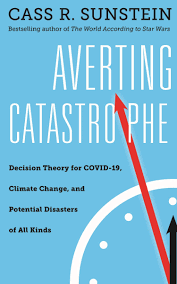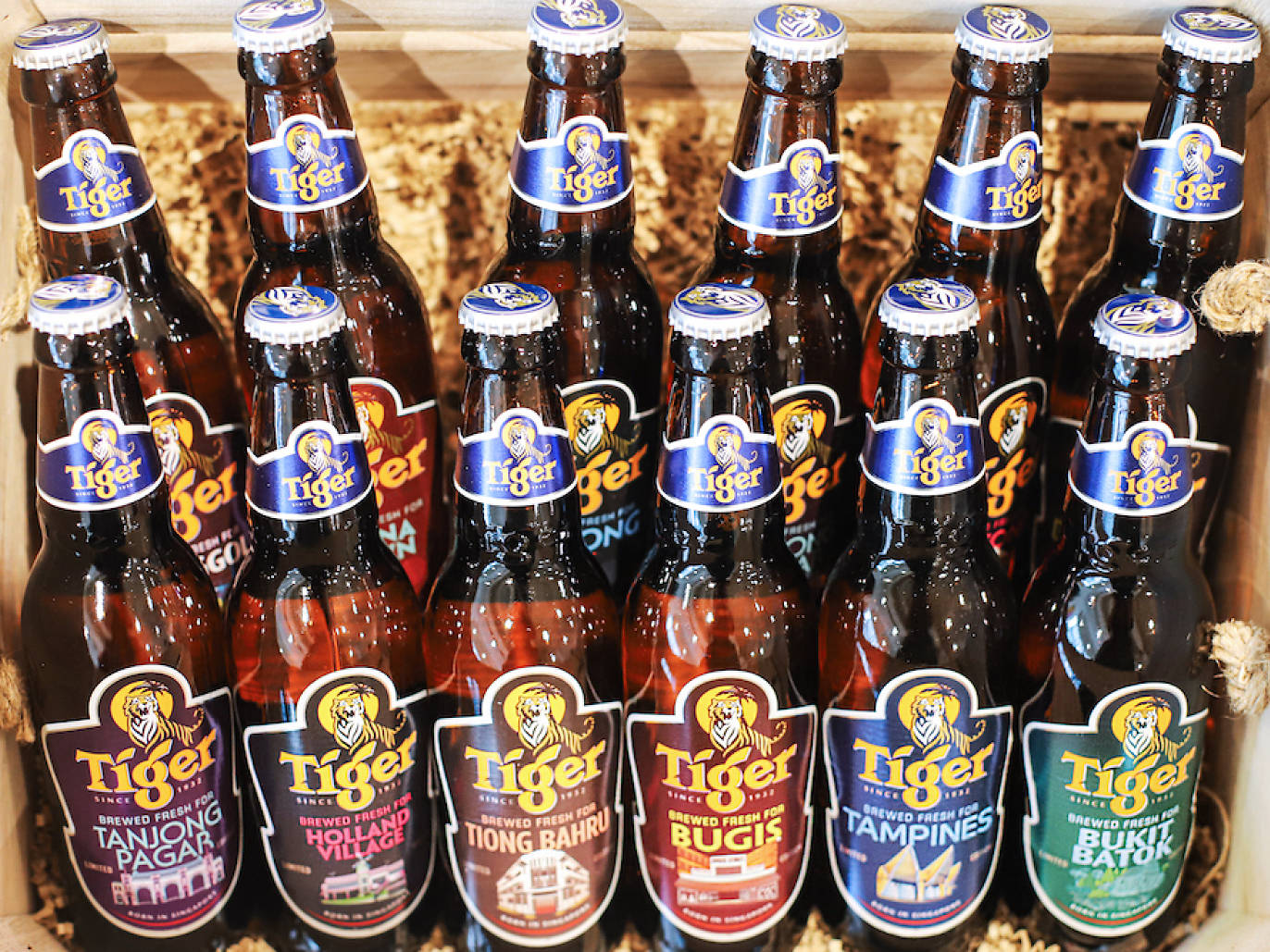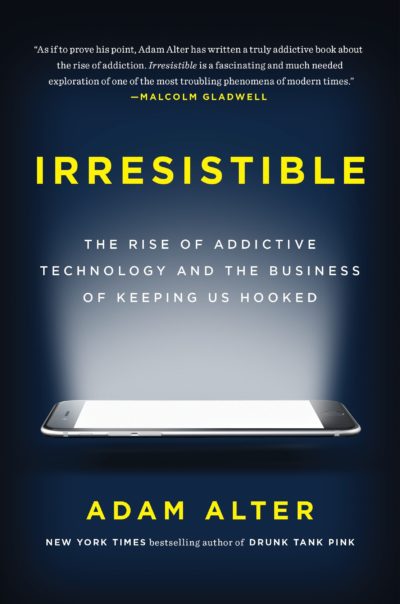In Thinking, Fast And Slow, Daniel Kahneman provides an overall metaphor for human thinking as well as describing a long list of heuristics (mental rules of thumb) that we all use to make decision-making simpler, quicker and more efficient. All these heuristics happen in System 1, the description Kahneman gives to thinking that is primarily non-conscious and implicit.
Our brain processes at least 11 million pieces of information every second, flooding through our senses into the central nervous. Most of this information is processed automatically in System 1. System 2 simply could not cope with this amount of information, and many studies have shown that our conscious brain has a capacity nearer to 50 or fewer pieces of information per second.
Mental heuristics are what make us smart, allowing the brain to automate the vast majority of daily behaviours. They are not at all irrational, and in the words of Daniel Kahneman, “Judgement heuristics are useful”. What are these heuristics and how do they fit into the patterns of human behaviours and behaviour change?
Making habits
Most behaviour is habitual and automatic, helping us to cope with a complex changing environment with relatively little conscious intervention unless something novel or surprising comes along. By and large automated decision-making works very well, making decisions that are mostly “good enough” (we “satisfice” much more than we optimise).
The habitual brain is highly context dependent and driven by the reward system that drives the brain to learn what to approach and what to avoid. Thus, habitual behaviours form behavioural loops, where a particular situation or context triggers an automatic behavioural response that ultimately provides an emotional reward. Such behaviours are completely learnt, often relying on one of the heuristics that are described below.
When we automate behaviours, the brain activity associated with that behaviour shifts from the conscious brain to the unconscious brain. Remember when you first learnt to drive a car or ride a bike? At first you were highly conscious of everything that you did, but as you learnt to master the activity, you became much less aware of what you were doing, until it became completely habitual. Once learnt, you might often reflect that you have no memory at all of the journey from your home to the office.
Breaking habits
Such habitual behaviours are very hard to change, as they become activated before you even have a chance to consciously consider what you are doing. In order to change behaviours you not only need to activate a new one but you must disrupt your existing habits first.
For example, in order to get a consumer to buy a new brand of cleaner, you must first disrupt their habitual purchase of their current brand. Persuading someone of reasons to buy a new brand is not enough. You must also change their behaviour at the point of sale.
Once behaviour has been disrupted and a new behaviour activated for the first time, that behaviour must be reinforced, training the person to repeat the behaviour multiple times until it becomes automatic. The final step in the behaviour change cycle is to maintain the new behaviour and make sure that it doesn’t get disrupted in turn.
Shaping SNAPP decisions
The heuristics discussed by Daniel Kahneman and other authors are important for understanding the different ways in which behaviours can be disrupted, activated, reinforced, repeated and made habitual.
TapestryWorks’ SNAPP framework breaks down these mental rules of thumb into behavioural triggers and barriers that fall into five key themes that drive decision-making. These are the need to keep things SIMPLE, the desire to follow social NORMS, a preference towards information that is more mentally AVAILABLE, a bias on keeping things PERSONAL and the brain’s focus on seeking PATTERNS in the world.
The rest of this paper describes each of these themes and the different mental shortcuts that relate to each theme, using examples of how they can be leveraged to disrupt, activate, reinforce, repeat and habituate desired behaviours. New customer acquisition is ultimately all about disrupting old behaviours and activating new ones, while customer retention focuses on reinforcing, repeating and habituating.
Keep it SIMPLE
The first theme in the SNAPP framework is the need for simplicity. In The Paradox Of Choice, Barry Schwartz writes about how we are easily overwhelmed by too much information, although we still believe more information and choice is good for us. Too much information leads to poorer decision-making or no decision at all. Even when decisions are made, more choice often leads to lower satisfaction.
Procter & Gamble found that they had 26 versions of Head & Shoulders shampoo in one market. When they reduced this number to 15, which still seems large, they experienced a 10% increase in total sales. Similarly, studies of participation rates in retirement planning prove that when more choices are offered, employees are less likely to participate in programs.
Apart from the total number of choices, consider the way that choices are structured, how you reveal choices through the total process of engagement, and where you can make use of defaults. Also consider how you can simplify messages by using simpler language and easy-to-read fonts. To encourage behaviour change, you can look at linking new behaviour to a specific context of use or embedding it within an existing routine.
Less is more.
Leverage social NORMS
The second principle is that normative and socially desirable behaviours are the norm. We like to follow what others are doing, and fit in with what others are thinking, even when we know they might be wrong. We follow the crowd, listen to authority figures, believe in those who have confidence, and follow local customs.
The fundamental attribution error is one of the most important rules of psychology. It shows that context is far more important than we are prepared to believe. We like to attribute outcomes to our personal character and traits (at least the good ones) and too often overlook the role that context and chance play in shaping outcomes. Of course, when outcomes are bad we immediately blame the situation rather than our individual decisions. Studies of personality traits usually show very weak relationships between such traits and real behaviours, because context is more important than the individual.
Reciprocity is a powerful human instinct. For example, a restaurant changed the usual practice of having a basket of mints near the exit, by leaving a mint for each diner with the bill. This simple act led to a small increase in tips (3.3%). In a separate experiment two mints were given with the bill instead of one, and tips then increased by over 14% (for just two penny’s worth of sweets). Consider how you can give social proof, share norms and examples, provide ‘authoritative’ advice or develop rituals and interactions that people want to copy.
Follow the crowd.
Make yourself AVAILABLE
We pay more attention to information that is “top of mind”. This can be because the outcome is more vivid as in estimating the risk of travelling by plane versus driving your car. It can also reflect different in immediate benefits versus long-term benefits, as in how we evaluate the importance of diet and exercise. Daniel Kahneman writes that, “People tend to assess the relative importance of issues by the ease with which they are retrieved from memory – and this is largely determined by the extent of coverage in the media.”
The availability heuristic means that we are more likely to purchase items that appear more “scarce”. For example, an infomercial changed a few words and caused a huge increase in the number of people who called and purchased a product. The change was from “Operators are waiting, please call now” to “If operators are busy, please call again”. Although this might imply a frustrating time calling to get through, it also implied that many other people were doing the very same thing, along with an increased chance of “missing out.
To harness this mental availability, understand the role of self-control in behaviour along with the short and long-term consequences. Harness impulsivity when it helps and make outcomes vivid and immediate. Good marketing is all about physical and mental availability. Also consider the difference between experience and memory, and the relative importance of highs and lows in shaping our memory of experience rather than the duration of the experience.
Stay top of mind.
Keep it PERSONAL
All of us like to maintain a positive perspective on ourselves, even when we have competing drives or contradictory behaviours and beliefs. This is one of the reasons why cognitive dissonance is such an important issue in psychology. It’s also why we are always hopelessly over-confident in the future and our own abilities to shape events. Our evolutionary history is also responsible for shaping our aversion to losses, which have more than twice the psychological impact of equivalent gains.
The desire to feel consistent means that public commitments can be used to shape future behaviours and increase the likelihood of desired behaviours being followed. In one study of a doctor’s office, it was found that simply asking patients to read back the details of their appointment on the phone led to a modest decrease in no-shows. When receptionists asked patients to write down the details of appointments on cards, instead of writing it themselves, no-shows decreased by a impressive 18%, saving even more time and money.
To leverage the principle of making things personal, understand what your customer has to lose in terms of time, money, status or effort. You can use guarantees, loyalty initiatives and starter points to encourage desired behaviours. And remember that a small initial commitment can lead to bigger things later.
Get customers engaged.
Create a PATTERN
Our brains are constantly seeking patterns in the world and are strongly influenced by our anticipation of events, often shaped by first impressions. Daniel Kahneman wisely wrote that, “Intuition is nothing more and nothing less than recognition”. Patterns come in the form of evaluating based on past and not on present chances, focusing on price or value but not both, the human need for stories, the power of placebo and the importance of framing information.
The use of rhymes shows how patterns can be created (increasing mental availability). Many proverbs and nursery rhymes use rhyming couplets, which are believed to be more accurate and truthful than information with similar meaning but without a rhyme. Perhaps one of the most famous uses of rhyme is in the OJ Simpson trial (“If the gloves don’t fit, you must acquit”). Rhymes have greater processing fluency in the brain and are more likely to be remembered and feel familiar. Musical jingles really do work and patterns and primes can be created and used through the other senses too.
To harness patterns, manage first impressions for long-term impact (for example, by using packaging to create a wow). Also understand the context of decision-making and consider how you can change the context to encourage desired behaviours. Think about how you can sequence choices deliberately in terms of price, size or other features in order to “frame” decision-making, just as estate agents do. And most importantly, identify which sensory impressions are likely to prime the right expectations.
Choose your frame wisely.
Behaviour change in a SNAPP
In summary, there are five key themes that lie behind the majority of the behavioural triggers and barriers that can help or hinder behaviour change:
- Keep it simple
- Follow social norms
- Make yourself available
- Keep it personal
- Create a pattern
If you want to change behaviour, make it a SNAPP decision.
REFERENCES
Cialdini, R (1984) Influence: The Psychology of Persuasion, Harper Collins, New York
Dobelli, R (2013) The Art Of Thinking Clearly, Hodder & Stoughton, London
Duhigg, C (2012) The Power Of Habit: Why we do what we do and how to change, Random House, London
Earls, M (2009) Herd: How to Change Mass Behaviour by Harnessing Our True Nature, John Wiley & Sons, London
Gains, N (2013) Brand esSense: Using sense, symbol and story to design brand identity, Kogan Page, London
Gigerenzer, G, Todd P M and The ABC Research Group (1999), Simple Heuristics That Make Us Smart, OUP, Oxford
Goldstein, N J, Martin, S J and Cialdin, R (2007) Yes! 50 Secrets from the Science of Persuasion, Profile Books, London
Kahneman, D (2012) Thinking, Fast and Slow, Penguin, London
Kenrick D T and Griskevicius, V (2013) The Rational Animal: How evolution made us smarter than we think, Basic Books, New York
Martin, N (2008) Habit: The 95% of Behavior Marketers Ignore, Financial Times/Prentice Hall, New Jersey
Martin, S J, Goldstein, N J and Cialdini R B ((2014) The Small Big: Small changes that spark big influence, Profile Books, London
Norman, D ((1988) The Design of Everyday Things, Basic Books, New York
Nørretranders, T (1999) The User Illusion: Cutting Consciousness Down to Size, Penguin Books, London
Ross, L and Nisbett R E (2011) The Person And The Situation: Perspective of social psychology, Pinter & Martin, London
Schwartz, B (2004) The Paradox Of Choice: Why more is less, Harper Collins< New York
Thaler, R and Sunstein, C R (2009) Nudge: Improving decisions about health, wealth and happiness, Penguin, London
Wilson, T D (2002) Strangers to Ourselves: Discovering the adaptive unconscious, Belknap Harvard, Cambridge







Shaping Behaviour in a Crisis: SNAPP Behaviour and Covid-19 – TapestryWorks
[…] SNAPP framework is based on a behavioural economics framework comprising five key themes (read more here and here) and has been applied to pricing, sustainability and other […]
Keeping Behaviour (Change) SIMPLE – TapestryWorks
[…] previous articles (here and here), I introduced TapestryWorks’ SNAPP framework which covers a wide range of […]